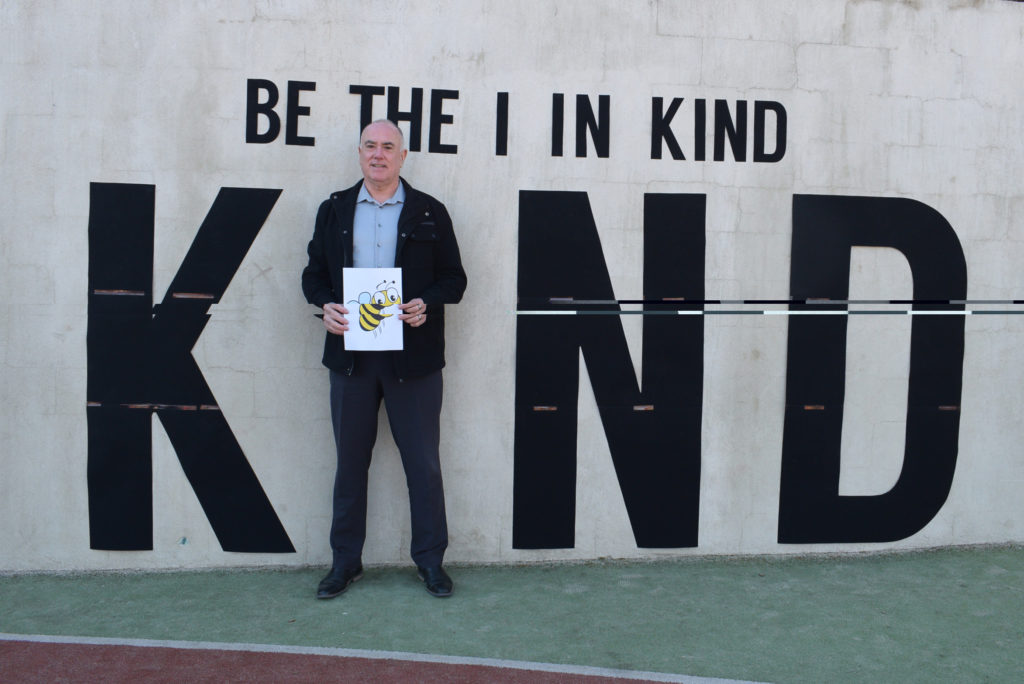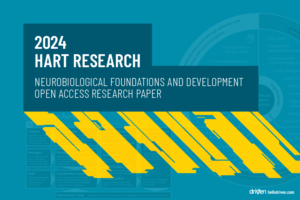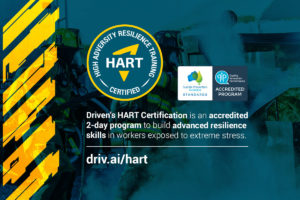How Maria Ruberto Took Driven's ideas inTo this Primary School
Maria Ruberto, Director of Salutegenics Psychology, partnered with a Melbourne primary school called Diamond Creek East Primary School (DCEPS) when they were interested in developing a wellness program. DCEPS wanted to know:
- What ideas of mental wellness really work?
- How will we get the children to learn these ideas – as well as retain the information and be able to utilise it themselves daily?
Although Maria introduced them to the ideas underpinning resilience through the Driven program, it was the executive leadership of the Principal (Robert Rostolis) and Assistant Principal (Stephen Campbell) which allowed this learning to occur. The value they placed on wellbeing was emphatic at its very core. This led to a 5-year partnership as DCEPS and Maria worked to build a thriving school culture. They report an enormous impact on the culture and community as a result.
"They believed that resilience mattered to their students' lives, not just their learning. It so happened, that it also impacted their learning, just as neuroscience has found!"
Maria Ruberto
The Approach
Maria began by training the teachers at DCEPS in wellbeing through the PERMAPLUS model of Positive Psychology, and then incorporated the Neuroscience of Resilience. The PR6 Model of Resilience then drove the content to understand how neuroscience is applied to education. This involved education in the six domains of resilience as developed in the PR6: Vision, Collaboration, Reasoning, Tenacity, Composure and Health. Any new topic is often received with caution, and the teaching industry is notorious for constant ongoing change of “new initiatives”. So, there were several smaller workshops as well as some whole day professional development. First there was interest, then curiosity and then engagement; important to note that this process needed both permission and validation before any implementation was possible.
Another factor was the “spirit” with which the leadership team led the learning on the ground. Interestingly, when resilience is observed within a “natural habitat”, what is often seen by outsiders is humour, respectful relationships, open communication, and invitations for collaboration. The implementation was not a chore in its application, but rather many bids to connect with the resilience content in fun and playful interactions among staff.
DCEPS and Maria then brainstormed how to effectively teach the children. Many wellness programs in school fail because the methods don’t stick with children through their daily lives, or they are not able to make the material interesting and accessible to kids – so this posed a real challenge. However, given the positive experiences of the staff learning, this had a cascading effect into the classroom, where teachers were using their creative methodologies and meeting student engagements levels accordingly. The teachers had started to play with the concepts, which was crucial to ownership of the content delivery as well as applying the language of resilience.
The Program
Maria and the team developed the following program, which had an incredible impact on the culture over the last several years.
The books

They developed an out-of-the-box idea – creating their own picture books for the kids to read, with a variety of characters who could demonstrate the principles of resilience.
The books feature twelve characters, including:
- Orlando the optimistic octopus – A character who emulates the fundamental protective factor of optimism in the development of wellbeing. Orlando embodies hope, positivity, and perseverance.
- Meredith the maladjusted meerkat – Meredith is a highly anxious animal because of her poor sleep routine. She is always in survival mode.
- Seth the successful shrimp – Seth knows that sleep helps create BDNF, an important chemical for resilience. That’s the secret of his success!
The Language
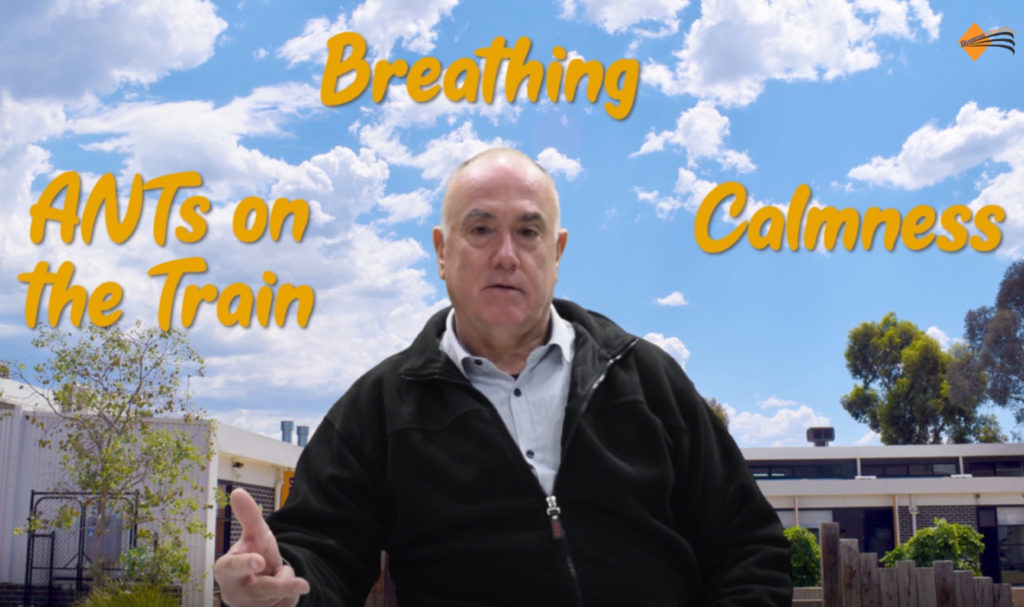
The books discuss the neuroscientific principles of resilience in a kid-friendly way. Maria and the team developed a whole new language and culture of resilience, with original terminology that was easier to understand.
- BEEs – Believing in Emotions + Expectations
- ANTs – Automatic Negative Thoughts
- Honey for your seahorse: Hippocampal strength, and believing in positive expectations and emotions
They taught the kids that when we create BEEs, the ANTs lose their power; and when you show gratitude, you make “honey” to feed your “seahorse”. The concept of BEEs sit within the PR6 resilience domains of Composure (regulating emotions), as well as Vision and Tenacity (regulating expectations).
When a child isn’t having a great day, they can say to their teacher: “I’m having an ANT moment (or an ANT day)”. His teacher and school friends understand what this means and provide him with support. The same goes for BEEs. This language quickly became part of the everyday vernacular at DCEPS.
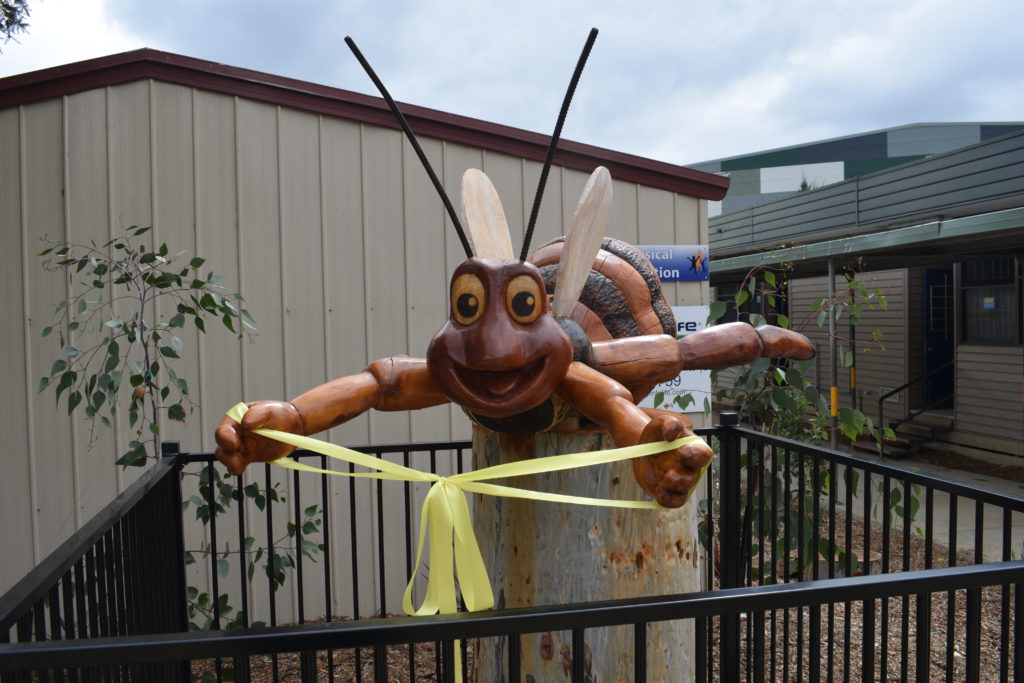
When children experience adversities like bullying or disappointment – perhaps falling short of a certain mark or making a particular sports team – the teacher can ask them; “How do you turn this situation into a BEE?”. This shared language, used on a daily basis, helps to maintain the mindset of resilience for each individual child and in the very fabric of school life.
Stephen, the school’s assistant principal, says; “The children need to make BEEs to combat the ANTs”.
Assembly at DCEPS each Monday also consists of a Honey Jar activity, where members of the school’s wellbeing team run through all the things the children are grateful for each week. They also have a mindfulness activity that they use to centre students when they transition from recess to class and so on.

The Conference
The School holds a two-day Brain Fitness Conference every second year, where the entire school community is taught about Driven’s 6 Domains of Resilience (the PR6). This has become a widely attended and popular event at the school. Some students who missed out on the conference or moved on to a senior school have even made special requests to come back and attend the conference.
Maria believes the success of the Brain Fitness Conference isn’t just about the learning content, but the way in which the school’s executive team prioritise and organise the delivery of the conference messages of neuroscience. At every level, the interest and engagement of the kids have been considered, and the program is full and dynamic.
Upon arrival, all children get a pack with information and items to keep them occupied. All the children also have iPads. During the conference, the kids use their iPads to ask questions about the content in real time, as the discussion is delivered. These questions are immediately displayed on a large screen at the front of the room.
This method has been a real hit with the kids. An enormous 560 questions were asked at the last conference alone, and those questions drove the curriculum development of wellbeing for their senior years.
The conference also involves all the parents within the ecosystem of resilience, and provides them with a separate one-hour synopsis of the program. This allows the parents to stay engaged with the content and use the terminology and books at home.
The Outcome
The teaching of resilience has focused on improving the behaviours of children so that their actions would foster better coping and learning outcomes. The recent exploration of neuroscience in education (called brain-based education), invites us to explore how brain function underpins the motivation for learning behaviours and wellbeing. Brain-Based Education allows educators and parents to recognise unhelpful patterns of responses in children, and helps adults to better support and redirect children’s internal resources.
Robert, the school principal says that the school does not have a typical wellbeing “program” – but rather, it has built and transformed the school community itself into a thriving culture through community immersion. Each teacher, child, and parent understand the principles of resilience and support this culture. It underpins the school ethos and philosophy, the way the teachers engage and teach their children, and the way the children play and learn and communicate with each other.
We commend Maria Ruberto for her innovation. Her work with the DCEPS sets a new standard for developing resilient children, and hopefully it paves the way for many other resilient school communities in the future.
